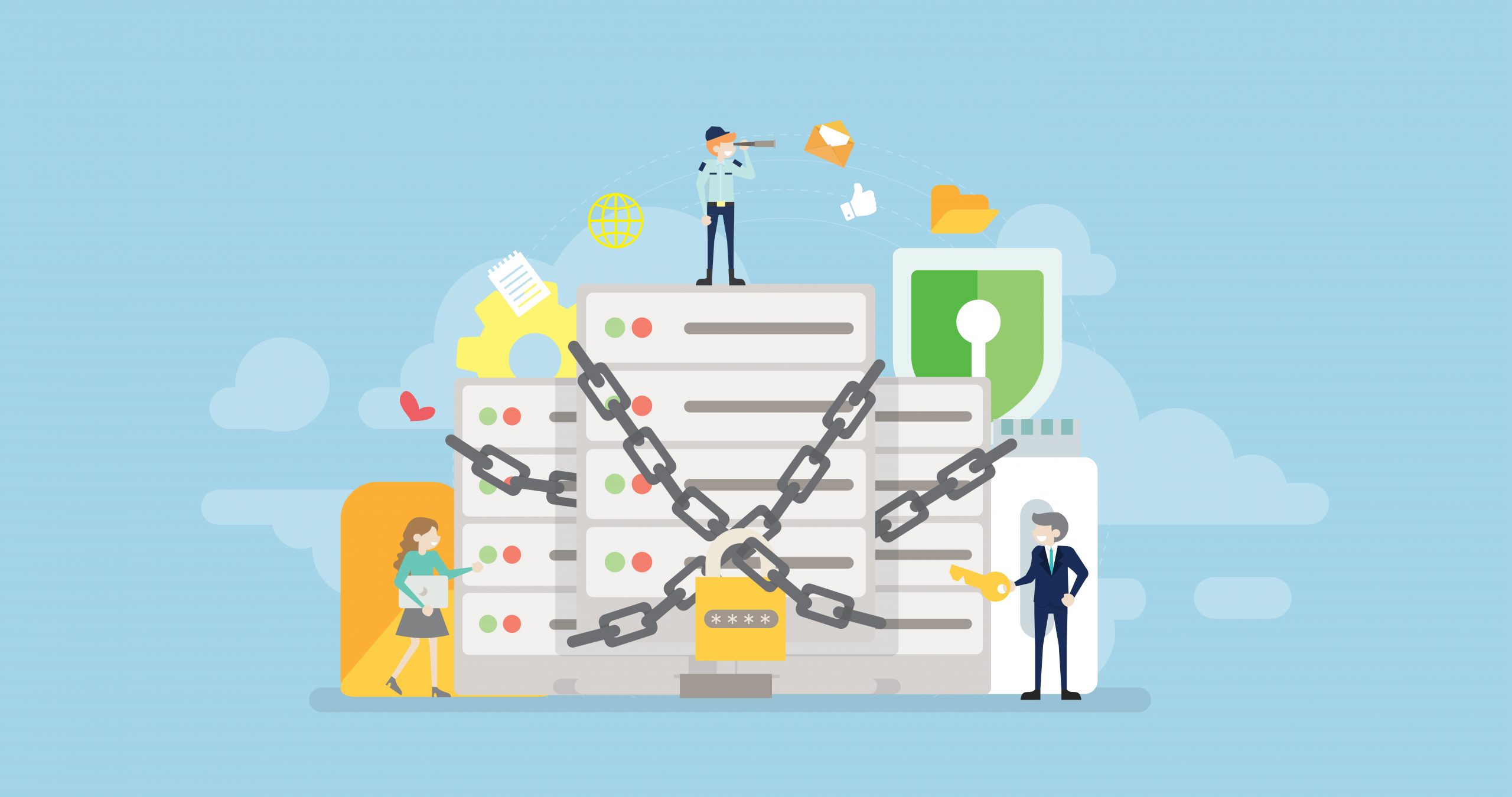
Ransomware
Recently there have been plenty of ransomware attacks. This is all due to cyber attacks. Read on to learn more about what ransomware is, how it works, and how you can protect yourself.
What is ransomware?
Ransomware is malicious code or software that installs itself on your computer without your knowledge. The ransomware then holds your data, until it can extort money from you.
What is a ransomware attack?
Cyber criminals perform ransomware attacks on your business. These criminals will hold your data Ransom and exchange it for a sum of money. You will not be able to view encrypted files. Criminals can expose sensitive client data. Being hit with ransomware can cost you your business.
How does a ransomware attack happen?
Ransomware attacks can occur from multiple sources. Some of these include emails, software downloads, social media, and websites. Ransomware is caused by going to unsafe places online or clicking on sketchy emails. Once ransomware is downloaded, your data will become encrypted. You will then be notified that you have been attacked. The notification will usually state a request for crypto currency to be transferred to the criminal. Ransomware will usually hide itself in other files or emails and appeared to be safe. However it is not, and should be watched out for.
What happens after I get a ransomware attack?
After you wash it with a ransomware attack you will notice a few things. First of all, you will login to your computer and be greeted by a notification of ransomware. Then you may try to access your data. You will notice that the data is no longer legible, and appears to be unusable.
If you are working in an environment with multiple computers or servers you may notice that a few or all of them have also been affected. At that point you will know that in fact you have been hit with ransomware. You will no longer be able to perform any work on your computer. You will not be able to access any data from your server.
At this point, you need to contact an IT provider immediately. You will have to discuss all of the events that led up to the attack. The the it provider well then assess the situation. Finally, they will provide you with a proper solution for your business needs.
How severe the situation is will depend on a few things. The most important thing the IT provider will ask you for is if you have a backup of all your data? The next vital aspect of this is if you have sensitive information that may have been breached? This is especially important if you are in a field where you need to be compliant.
Ransomware Mitigation
Once your it provider has notified you the ransomware is in fact the issue you’re having. They will then create a course of action to remedy the issue. This could be restoring to a backup of all your data. Your IT providers will ensure your data has not been leaked.Finally, your IT provider will make sure you are free and clear of any threats. Overall, ensuring that your systems are safe and ready to work again.
What are some problems I can run into?
If you do not have a backup, real issues may start. Depending on how high The Ransom is you may be out of a lot of money. At this point you are at the mercy of criminals to graciously return your data. The truth is you might never get a decryptor, so you really need to have a backup.
If you have sensitive client data on your system, you need to have a solution in place to prevent anything from happening to it. If you are in the medical industry you will have to be HIPAA compliant.
You may get your data back after paying a ransom. But depending on your industry, you may need to be sure that your data is still secure. With that in mind your IT provider will have to send off your hard drives to a data forensic Center. This is a very laborious process, it takes a long time, and it is also extremely expensive.
The final issue you might experience are lawsuits. No previous clients can take legal action against you for the damages they might have encouraged you to the ransomware attack that you had to deal with. This is especially a frequent occurrence in the medical industry.
How do I prevent attacks?
Overall, having a professional create a internet security policy for you and your stuff is key. Using a firewall to monitor inbound and outbound traffic on your network. Having a strong Auntie malware and where is solution on all of your computers and servers. Being careful of emails and email attachments, not downloading software from unreliable sources, i’m not visiting fishy websites. Finally, the most important way to prevent and mitigate ransomware is to have a Surefire backup solution.
These few things mentioned above will keep you safe from ransomware attacks. However attacks happen all the time and if one does, you will have the tools necessary to mitigate it without it cost thousands.
Now if you are a business owner, and you don’t have a solution in place in case of an attack. You are dancing on The Razor’s Edge.

